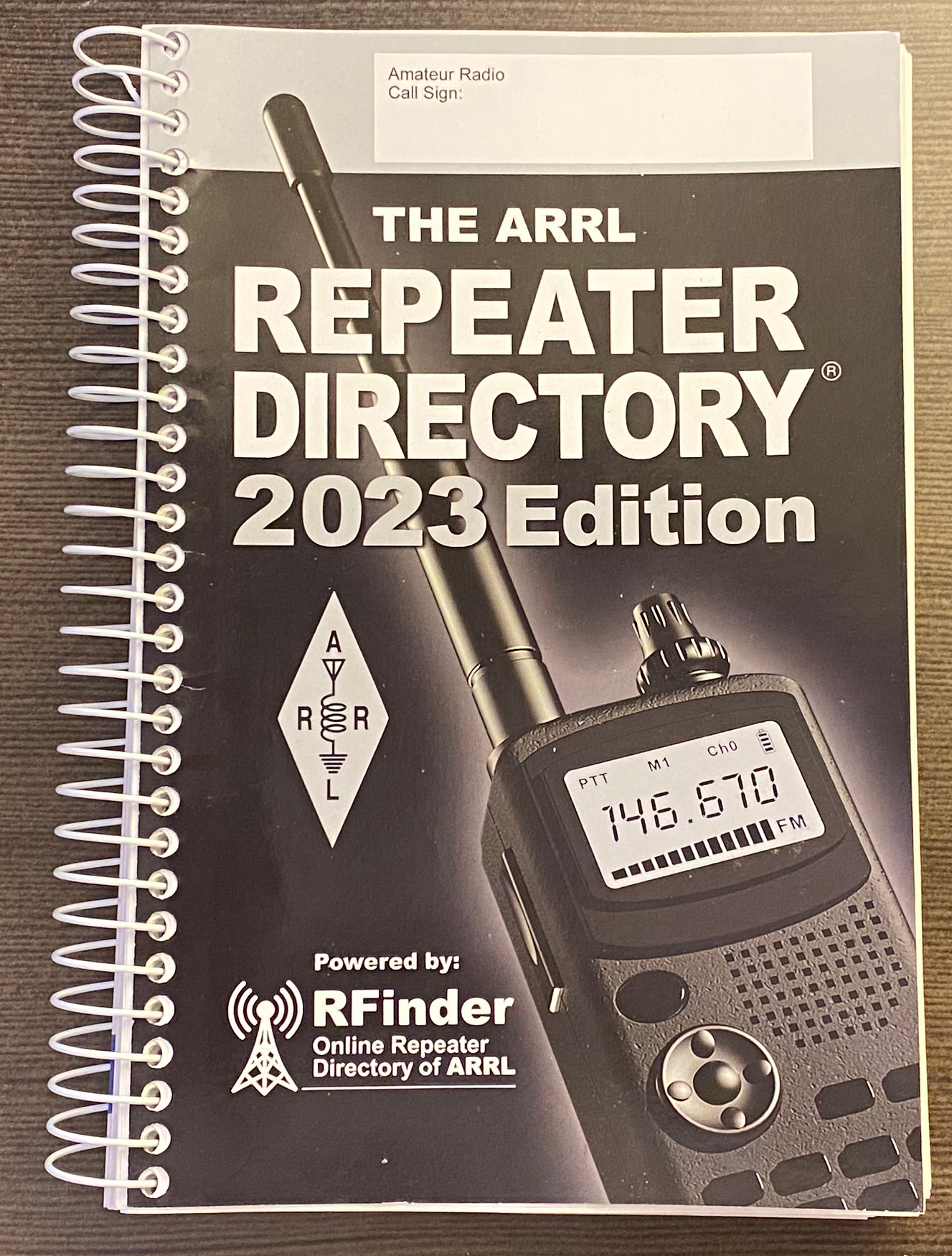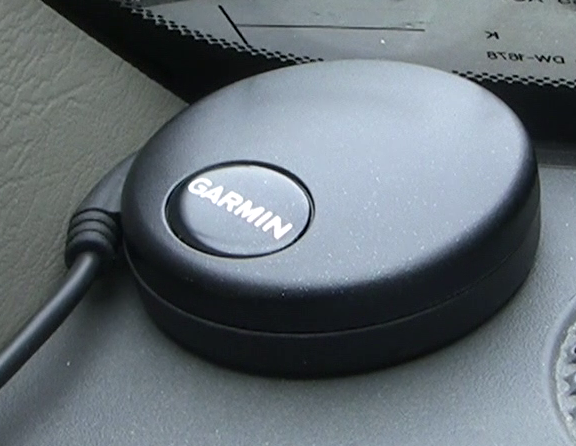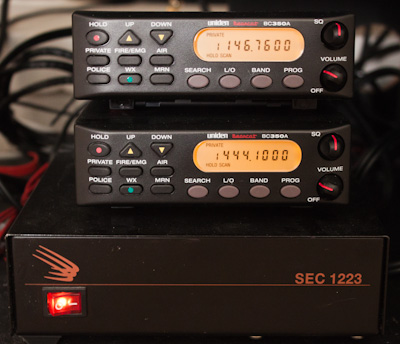Back in the day, I couldn’t wait for the ARRL Repeater Directory to come out and see all the changes and new repeaters in the area. With the popularity of the internet, I haven’t felt the need to buy the directory in a long time. At the beginning of 2023, I thought I would take a chance and buy the latest edition and see what it was like.
The first major change is that it’s a lot bigger than it used to be. It’s nicely put together in a spiral format which makes searching through the book very easy. It’s very similar to the ARRL license exam study guides.
The next thing I noticed is that since 2017, the ARRL doesn’t manage the list of repeaters. That is now done by a company called RFinder who also has a paid web-based repeater directory service.
When I thumbed through the first few pages, I noticed a grammatical error of three words bunched into one word with no spaces. Weird.
Anyway, I went to the Illinois section and looked up Champaign. Odd, the 146.760 repeater was not listed. This is a popular repeater that has been around for decades. I then looked through the entire state of Illinois thinking maybe they put it in the wrong city. Not only did I not find that repeater, but there were no 146.760 repeaters listed for the entire state.
I knew of at least three repeaters off the top of my head on that frequency that should have been listed but were not. I went to the Illinois Repeater Association website and they listed four repeaters on 146.760. The same four repeaters were also listed on the free RepeaterBook.com website. Not a good sign for the book.
I also noticed that most D-STAR repeaters were listed twice for no reason. They could have saved a lot of space in the book by only listing them once.
Another thing that frustrated me is that they listed the NOAA weather radio frequencies but decided to put them all under N instead of with their appropriate cities. One extra step to go through.
Finally, to prove this book doesn’t have much quality control, I stumbled across an entry in New Jersey called “TEST Anywhere, NJ”. Really!? Maybe someone sent the rough draft of the book to the printer instead of the edited version but really not a good look.
Sadly, I can’t recommend this book. If you are looking for quality repeater information, I recommend either RepeaterBook.com (which is free!) or find your local repeater association / council which usually has all the latest information. If you already have the book, you can go to page 16 to see a list of all the repeater associations in the US.
Here is my video review of the 2023 ARRL Repeater Directory.


